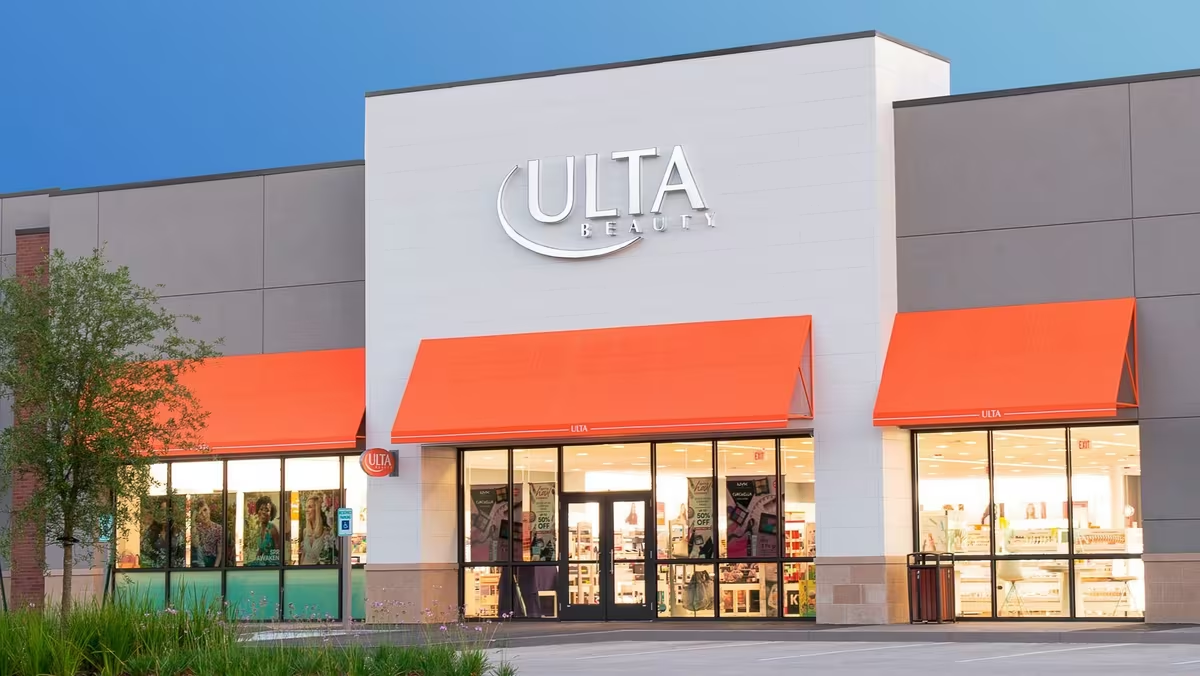The luxury resale company Fashionphile has been profitably expanding into new retail locations, growing its offline business by 50-100% year-over-year for the last several years. Now, the company is expanding again.
On Tuesday, Fashionphile announced the opening of its third flagship store, this time in a 32,000-square-foot space in Downtown L.A. The location, which is opening in the same building as Fashionphile’s existing 7,000-square-foot office, opened in 2019, will open for business after a grand opening event on October 8. The location was fortuitous: a space opened up across from Fashionphile’s office just as the team was looking to open a new flagship in the Los Angeles area.
The store is emblematic of Fashionphile’s unique approach to retail. It’s multipurpose, functioning as an office, a showroom, a. warehouse, an authentication center, an event space and a photo studio. It also includes The Cage, a climate-controlled storage room for the rarest bags in Fashionphile’s inventory.
At a time when fashion businesses are feeling the pressure to do more with smaller budgets, Davis said combining the company’s offices and showrooms has made the most financial sense. It has allowed Fashionphile to make as much as $20 million in annual revenue from a single location.
Along with the L.A. store, Fashionphile operates hybrid flagships in Chelsea, New York City and Carlsbad in San Diego. It has 14 stores in total, counting smaller showrooms. It also has a presence in multiple Neiman Marcus locations — Neiman Marcus became a minority stakeholder in 2019 — and sells in more than 50 total wholesale locations, which account for approximately 5% of the business.
The key to successful DTC retail, Davis said, has been choosing locations in industrial or office buildings, rather than in expensive shopping districts and malls. “Building out a store is really expensive, but office spaces are so much cheaper,” Davis said. “We’ve signed leases in office locations where they’ve given us, minimum, five months rent free or up to years of free rent, while shopping centers aren’t even doing rent discounts anymore. If you rent in a shopping center, you’re paying revenue share to the landlord, but there’s no rev share in an office.”
Davis said that in a shopping-oriented location, Fashionphile pays landlords 6-11% revenue share. But in locations that are more out of the way, “that’s pure margin we get to keep,” she said.
For some of its stores, Davis said, Fashionphile has even received money from landlords in the form of TI allowance. TI, or tenant improvement, is money given by a landlord to a tenant in exchange for the tenant arranging for improvements and buildouts to the property itself.
But there’s a trade-off in this approach. Stores in malls and high-traffic shopping areas do a lot of the work for you, while the more out-of-the-way locations require Fashionphile to drive the majority of the traffic itself. The team is doing so by hosting regular events at its flagship stores, as well as relying on its sales team, led by Chanel and Bulgari alum Angela Dotson, to bring regular clients into the flagships.
“You still need traditional malls and retail stores,” Davis said. “In our mall locations, 85% of people coming in have never heard of Fashionphile before, so they’re great for that. But we are still doing a lot of revenue out of smaller spaces on the third floor of an industrial warehouse and at a lot less cost than a store in a big mall would be.”
Davis’s advice for fashion businesses that want to expand their physical presence but are overwhelmed by dealing with landlords and leases is to start with what you have.
“As soon as you start paying rent on a place, you can start inviting customers,” she said.
She pointed to a 2,600-square-foot office that Fashionphile had in Beverly Hills from 2006 to 2019, which often invited clients and customers into the space to see the inventory. The team dedicated one space in the office to entertaining customers, and Davis said clients often liked seeing people working in the other rooms and the stacks of bags laid out, as it made them feel like they were being invited behind the scenes.
“It’s almost like a little sandbox for the brand,” Davis said. “You can try things out and then when you do open a real store, you already have some experience.”
Physical retail has become a major growth driver for Fashionphile. A few years ago, only about 4% of its business was conducted offline. But now, between its three flagships, multiple showrooms, regular pop-ups and, more recently, duty-free stores in airports and on cruise ships, offline now makes up more than 30% of Fashionphile’s business. Some of its competitors, like The RealReal and Rebag, have been busy opening stores this year, as well. Fashionphile’s GMV is over $500 million. Its offline sales increased by 60% last year, and profits increased by 67%.




